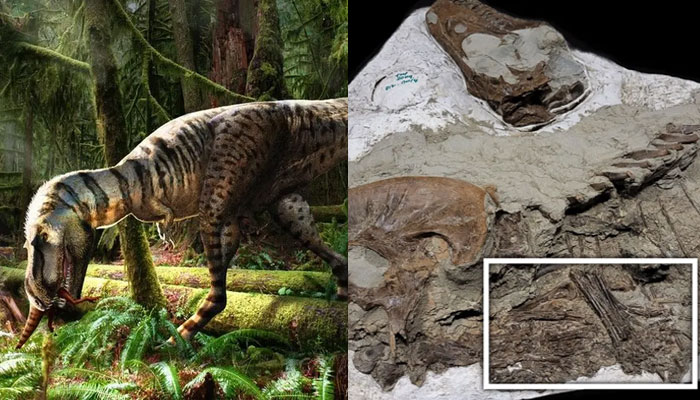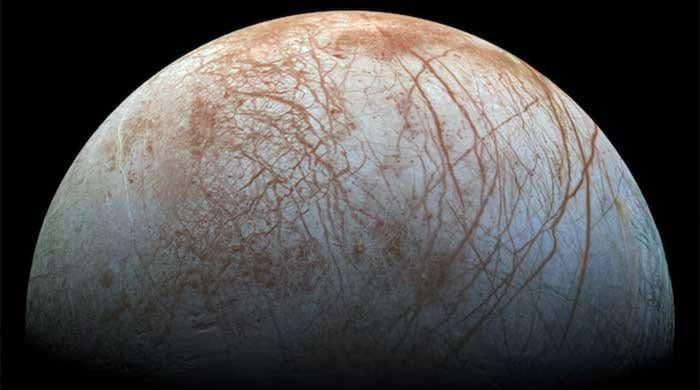Bigger dinosaurs ate babies: diet of apex predator tyrannosaurus revealed
Discovered in the Alberta Badlands in 2009, the fossil took years to prepare
December 09, 2023

Scientists have unveiled the last meal of a 75-million-year-old tyrannosaurus, which has shed light on the dietary habits of these ancient predators.
The preserved remains of a juvenile stegosaurus, a close relative of the iconic T rex, revealed two baby dinosaurs in its gut, offering "solid evidence that tyrannosaurus drastically changed their diet as they grew up," according to Dr Darla Zelenitsky from the University of Calgary.
The specimen, around seven years old, equivalent to a teenager in its development, weighed approximately 330kg at the time of its demise, a mere tenth of the weight of a fully grown adult.
The hind limbs of two small, bird-like dinosaurs called cities were found beneath its ribcage, suggesting that these teenage tyrannosaurus hunted small, young dinosaurs.
While adult tyrannosaurus were described as "indiscriminate eaters," pouncing on large prey and biting through bone to scrape off flesh, the juvenile gorgosaurus demonstrated a different feeding strategy.
Dr Zelenitsky noted that these smaller tyrannosaurs were likely not ready to confront large, horned dinosaurs where adults weighed thousands of kilograms.
Discovered in the Alberta Badlands in 2009, the fossil took years to prepare, revealing the unexpected presence of prey inside the gorgosaurus.
The complete hind legs of two baby dinosaurs, under a year old, were exposed after removing the rock within the ribcage.
This unique specimen provides physical proof of the juveniles' distinct feeding strategy, involving the selection and dissection of prey, offering a deeper understanding of the sophistication of these ancient predators.











